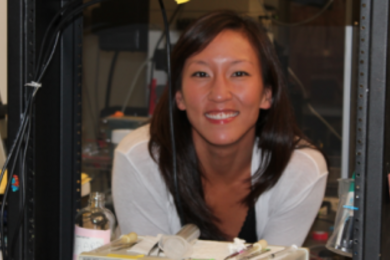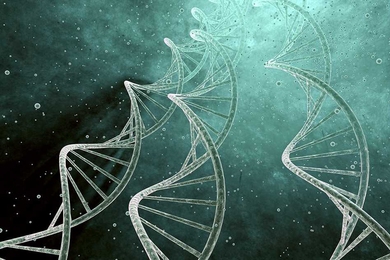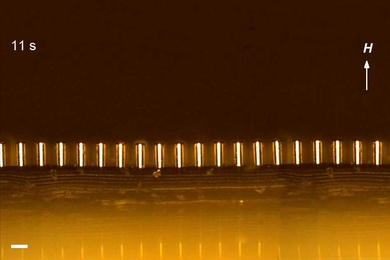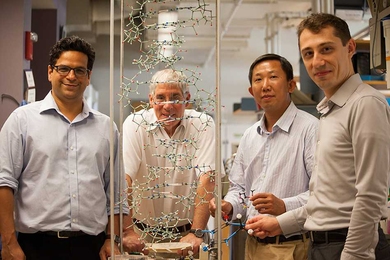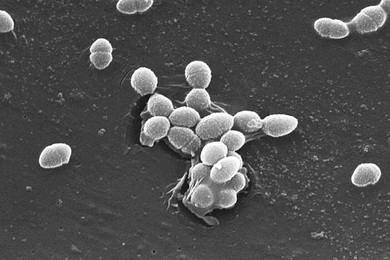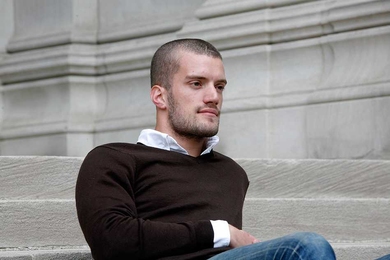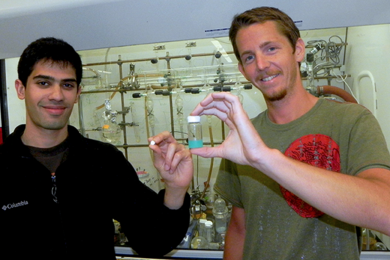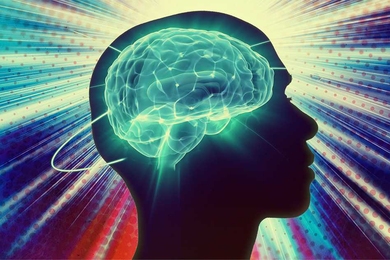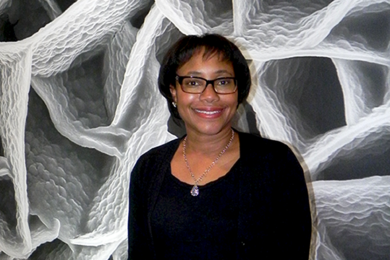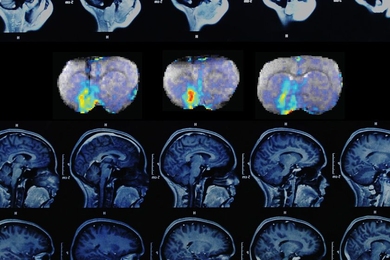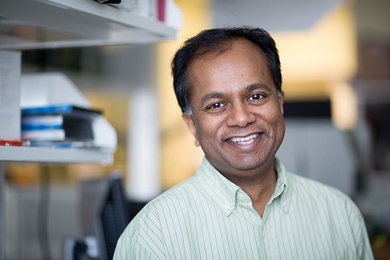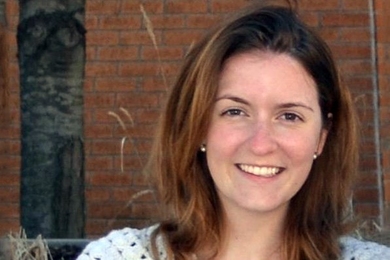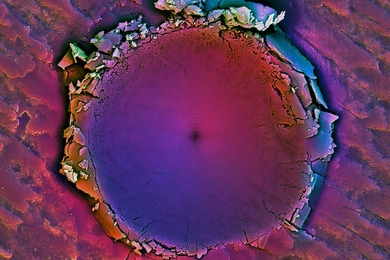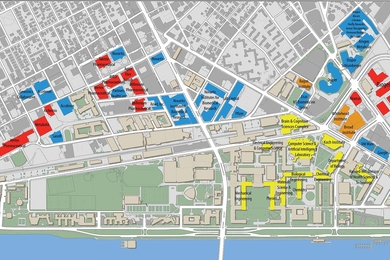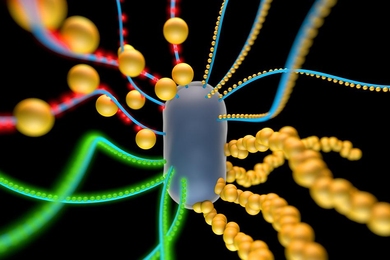A new way to model cancer
New gene-editing technique allows scientists to more rapidly study the role of mutations in tumor development.
New material structures bend like microscopic hair
Researchers say structures may be used in windows to wick away moisture.
Forced mutations doom HIV
New study reveals how a potential HIV drug exacts its toll on viral populations.
Monitoring the rise and fall of the microbiome
Close analysis of bacteria in the human digestive tract reveals links to diet and other lifestyle factors.
Overcoming imperfections
By looking to nature, PhD student Leon Dimas 3-D prints materials that resist flaws and fractures.
Advancing medicine, layer by layer
Studies by graduate students Stephen Morton and Nisarg Shah show progress toward better cancer treatment and bone replacement.
Faculty highlight: Paula Hammond
Engineering tiny paths to cancer treatment, bone regrowth, and wound healing, Paula Hammond serves as an exemplary researcher-educator within the MIT community.
Delving deep into the brain
MRI sensor allows neuroscientists to map neural activity with molecular precision.
Biotech to the rescue
Ram Sasisekharan’s startups provide novel methods to fight disease and make better drugs.
Tough as nails, yet clear enough to read through
MIT researchers uncover the secrets behind a marine creature’s defensive armor — one that is exceptionally tough, yet optically clear.
How to build a biotech renaissance: MIT in Kendall Square
A look back at how Institute Professor Phillip Sharp, his startup Biogen, and MIT’s biotech community helped revive Kendall Square.
Engineers design ‘living materials’
Hybrid materials combine bacterial cells with nonliving elements that can conduct electricity or emit light.
